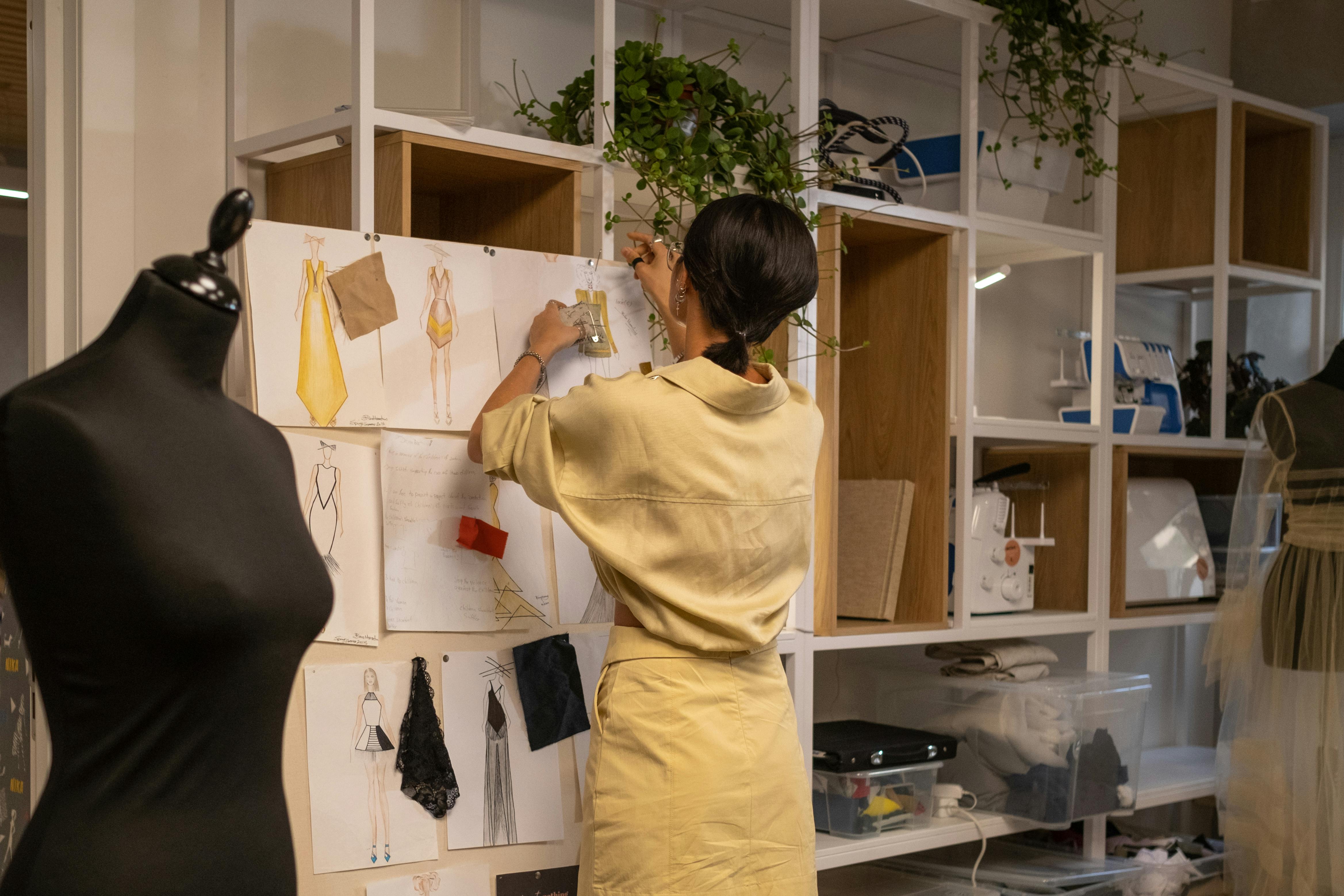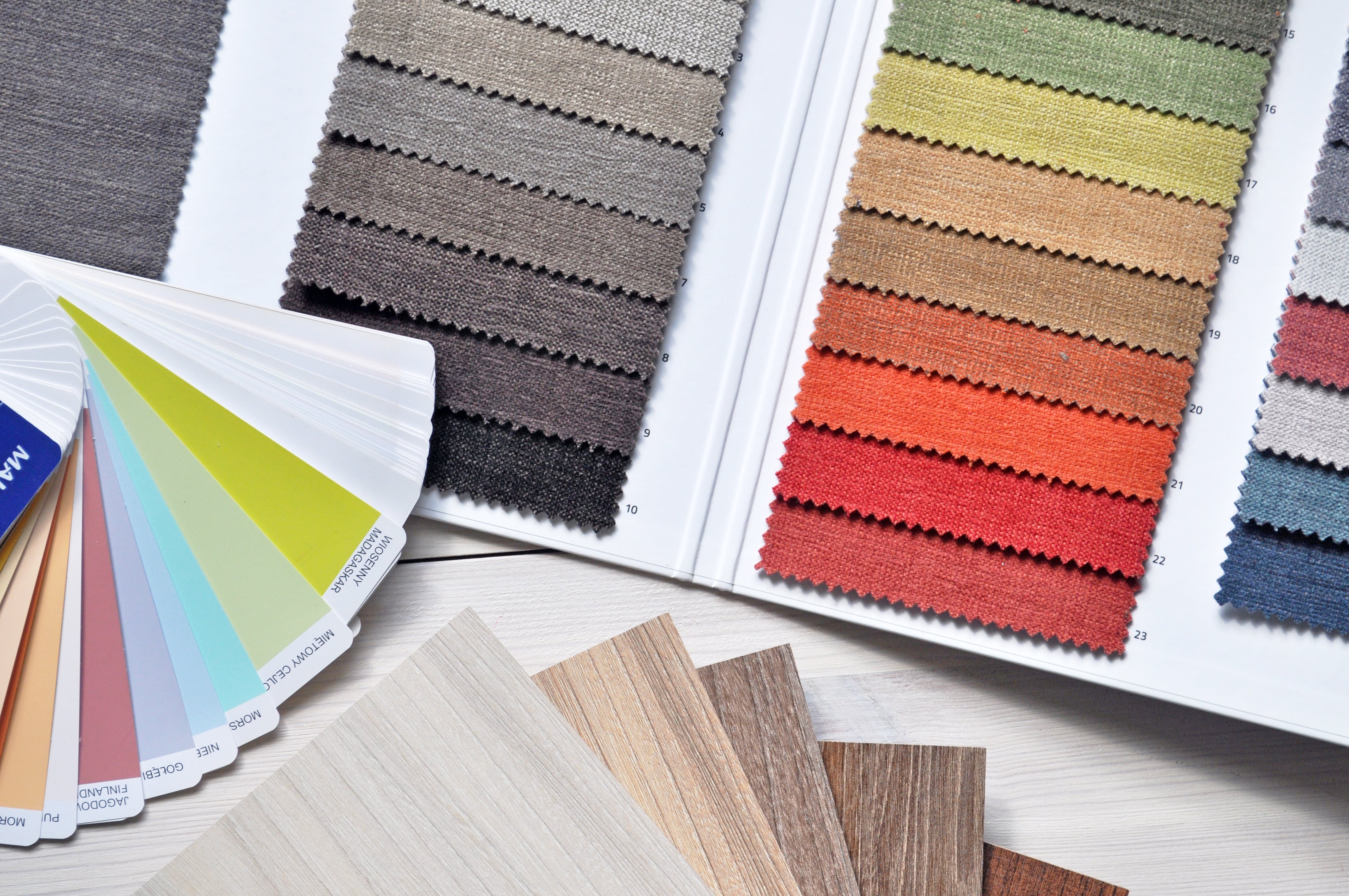![Tips for Your Interior Design [2024] – Bella Virtual Staging](https://firebasestorage.googleapis.com/v0/b/autoblogging-tool-for-bella.appspot.com/o/contents%2FUFLkuvtTvPe7PPnzQlQQEOW7GN42%2Fimage.jpg-1705349076816?alt=media&token=83abfb83-6ae9-4553-bf35-d84001553b5e)
How to Work with Interior Designers: A Guide for General Clients
Bringing a professional interior designer into your home project can be a game-changer. They bring a wealth of creativity, expertise, and resources to the table, ensuring your space is not only beautiful but also functional. But like any partnership, success hinges on working together effectively. Let's explore how to collaborate with interior designers to make your home design dreams come true.
Understanding the Interior Design Process
A. Initial Consultation: Defining Your Style and Needs
Meeting with a designer for the first time is about sharing your vision. Think about what you love in a space and what you want to change. Be ready to discuss your budget and when you'd like to see the project completed. Remember, clear goals help them create a space that's truly yours.
B. Design Concept Development: Bringing Ideas to Life
Designers will present you with proposals and mood boards that capture their vision for your space. It's crucial to review these carefully and provide honest feedback. Your input will guide them in refining the design until it feels just right.
C. Implementation: From Paper to Reality
Once you've approved a design, your interior designer will coordinate with contractors and suppliers to make it happen. They manage the nitty-gritty details, but you should stay informed and involved as the project moves forward.
![Tips for Your Interior Design [2024] – Bella Virtual Staging](https://firebasestorage.googleapis.com/v0/b/autoblogging-tool-for-bella.appspot.com/o/contents%2FUFLkuvtTvPe7PPnzQlQQEOW7GN42%2Fimage.jpg-1705349225121?alt=media&token=3b7b2ae7-b646-4ee0-9f05-06d148cf8abe)
Communication Essentials with Your Interior Designer
A. Building a Strong Client-Designer Relationship
Open and regular communication forms the backbone of any successful project. Be proactive in addressing challenges and be open to solutions. The goal is to work as a team to achieve the best possible outcome for your space.
B. Making the Most of Your Meetings
Effective meetings are key. Set an agenda and ensure both you and your designer are clear on action items. Follow-up is just as important to keep things on track.
C. Leveraging Technology for Better Collaboration
Use technology to your advantage. Digital tools can help streamline communication and decision-making, ensuring you and your designer are always on the same page.

Managing Your Project and Expectations
A. Keeping Track of Progress and Adjustments
Stay informed about the progress of your project and be ready to make decisions if adjustments are needed. Keep an eye on timelines and budgets to avoid any surprises.
B. The Final Stretch: Approaching Project Completion
As the project nears completion, a final walkthrough with your designer will help identify any last-minute tweaks. A punch list will be created to ensure every detail is perfect.
C. Post-Completion: Maintenance and Future Planning
Once the dust has settled, consider how to maintain your new space. Your designer can offer tips for upkeep and even help you plan for future projects.
V. Tips for a Smooth Collaboration with Interior Designers
-
Trust your designer's expertise while staying true to your vision.
-
Be decisive and communicate your preferences clearly.
-
Enjoy the creative process and the transformation of your space.
-

Conclusion
A strong partnership with your interior designer can lead to remarkable transformations in your space. As you embark on this design journey, remember that communication, trust, and collaboration are key to bringing your vision to life. And for those seeking a modern edge in the real estate market, incorporating virtual staging and rendering can be a powerful tool.
At Bella Staging, we understand the importance of envisioning the full potential of a property. We aid clients across North America, from realtors to interior designers, in creating captivating, realistic virtual spaces. Our services, including Virtual Staging, Renovation, and 3D Rendering, are designed to help properties sell faster and at a higher price. With our commitment to quality and customer satisfaction, we ensure that every virtual project is a step toward making a house a home for potential buyers. Discover the Bella Staging difference and see how we can support your design journey.
Q&A Section
How does virtual staging integrate with traditional interior design?
Virtual staging complements traditional interior design by allowing potential buyers to visualize the space before committing to physical changes. It's a cost-effective way to enhance the appeal of a property, especially when listing it online where most buyers start their search.
Can I be involved in the virtual staging process with Bella Staging?
Absolutely! We encourage client involvement to ensure the virtual staging reflects your vision and preferences. Our team works closely with clients to choose styles and layouts that resonate with potential buyers.
What if I'm not satisfied with the initial virtual staging results?
We offer unlimited revisions until you're completely happy with the outcome. Our goal is your satisfaction, and we take the time to adjust and refine the virtual staging to meet your expectations.
How realistic are the renderings Bella Staging provides?
Our designers are dedicated to creating highly realistic and attractive renderings. We strive to present virtual spaces that are indistinguishable from real, staged homes, which is crucial for engaging more potential buyers.
Is virtual staging really effective in selling homes faster?
Yes, it's proven that staged homes sell 75 percent faster than non-staged ones. Virtual staging can be just as effective, providing a visual that helps buyers connect emotionally to a property, leading to quicker sales and often at a higher price.














